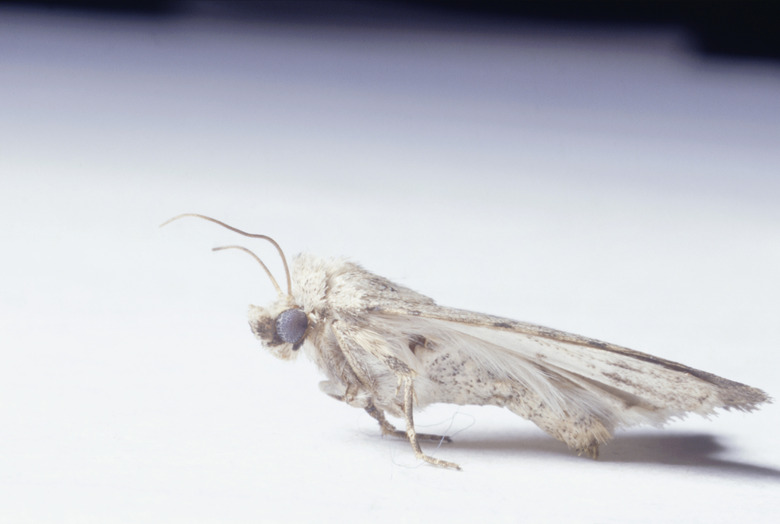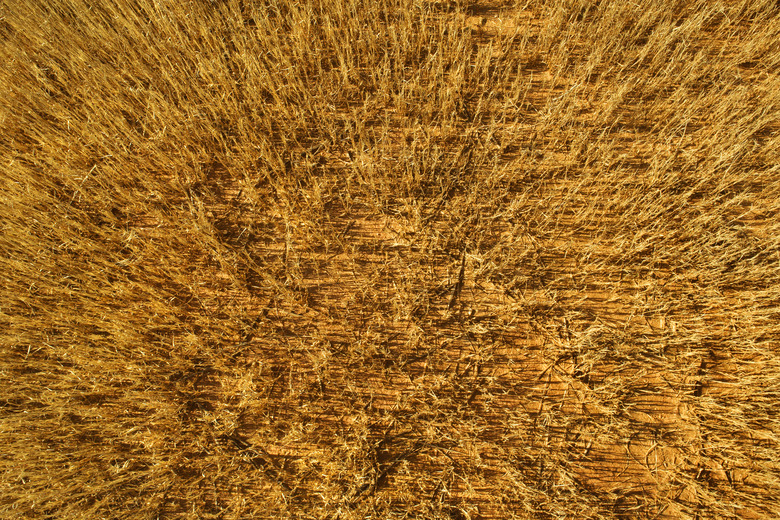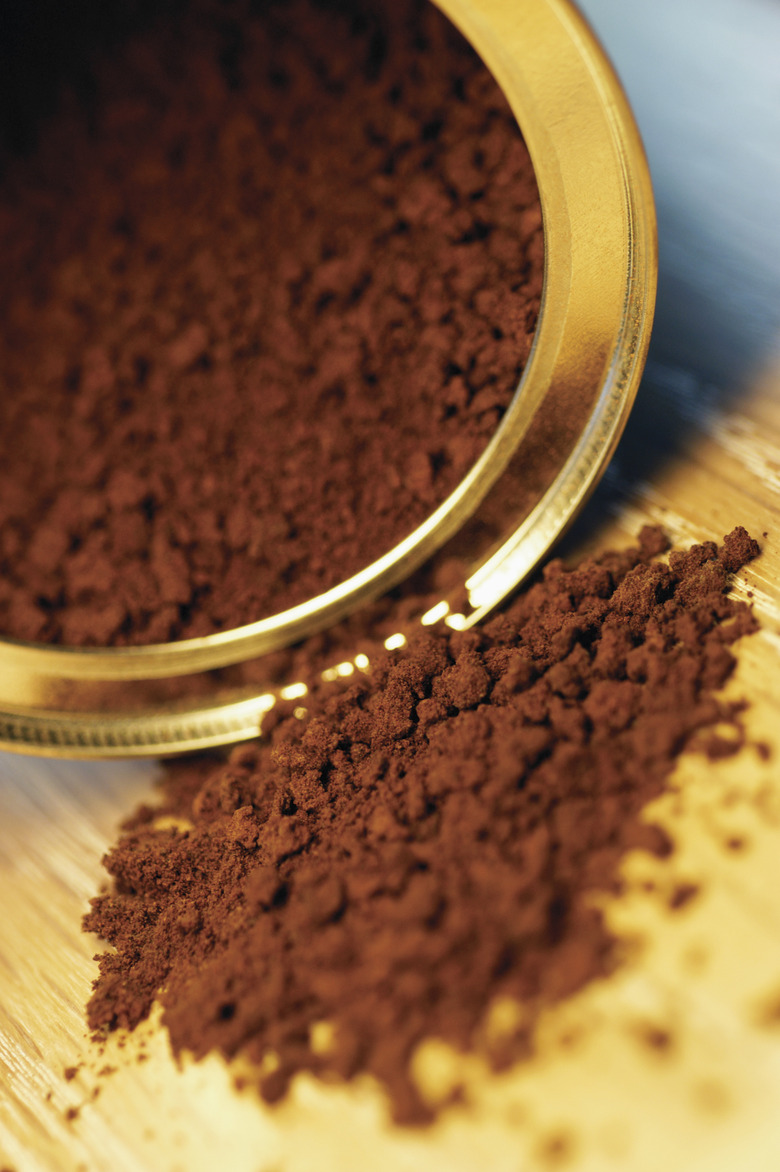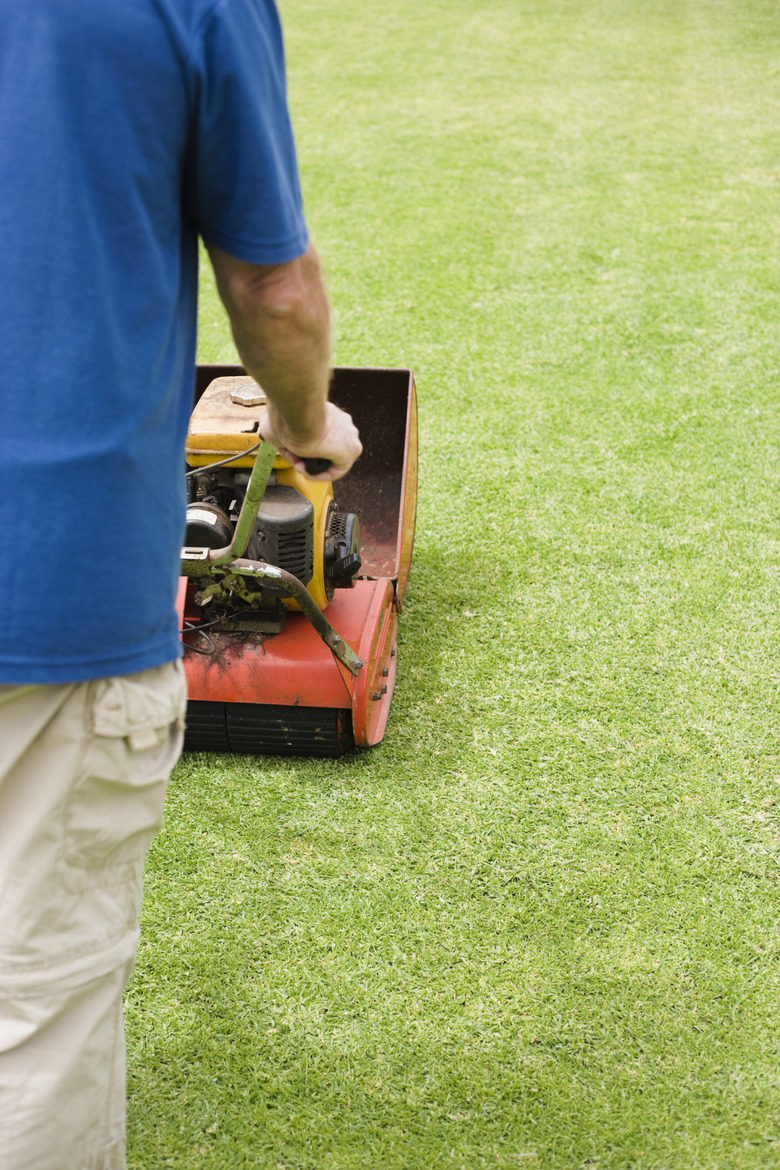Moths And Saint Augustine Grass
The appearance of moths in St. Augustine lawns is indicative of more serious pests such as sod webworms or cutworms. Moths are the adult forms of these serious lawn pests. The moths do no damage to the turf, but the larvae can devastate St. Augustine lawns. Proper identification of the turf pest is important for implementation of control strategies.
Sod Webworms
Sod webworm larvae are actually a number of different species. They are all caterpillars, under 1 inch long, with spots along their back. They do damage mostly in sunny, south-facing lawn areas. Damage from sod webworms appears as dead patches in normally green grass in spring and, in general, a thinning of the turf during summer months. Adult webworm moths are approximately 3/4 inch in length. They are cigar shaped and buff in color. They are active between early and late summer.
- The appearance of moths in St. Augustine lawns is indicative of more serious pests such as sod webworms or cutworms.
Cutworms
Cutworms are another variety of caterpillar which are the larvae of different moth species which can affect St. Augustine lawns. Cutworms do their damage by chewing turf blades at their base. These damaged spots usually occur in circular patches. Larvae will curl into a "C" shape when disturbed. Larvae are up to 2 inches in length and brown or dull in color. Adult cutworm moths are approximately 1.5 inches in length with dark brown and streaked forewings. Hindwings are white or light in color and plain.
- Cutworms are another variety of caterpillar which are the larvae of different moth species which can affect St. Augustine lawns.
- Adult cutworm moths are approximately 1.5 inches in length with dark brown and streaked forewings.
Diagnosis
To determine if damage to your St. Augustine lawn grass is indeed sod webworm or cut worm, perform a "float" test. Take an open-bottom cylindrical can such as a coffee can with both ends removed and push down into the soil in a patch of lawn that is on the interface of damaged and healthy lawn. Fill the can approximately three quarters full with water and see what insects float to the top. This may need to be done in several areas. Any insects that are not readily recognizable can be taken to your local extension office for identification.
Prevention/Control
Control of both moth species in St. Augustine grass should be targeted at the larval stage. Sod webworm larvae can be controlled with repeat applications of the beneficial bacteria Bacillus thuringiensis or beneficial nematodes. Cutworms are best treated with liquid insecticides applied when turf foliage is dry. Preventive measures include keeping the turf healthy with adequate irrigation and fertilization. Annual thatch removal can also prevent the incidence of many lawn pests.
- To determine if damage to your St. Augustine lawn grass is indeed sod webworm or cut worm, perform a "float" test.
- Take an open-bottom cylindrical can such as a coffee can with both ends removed and push down into the soil in a patch of lawn that is on the interface of damaged and healthy lawn.
References
- Clemson Cooperative Extension; St. Augustinegrass; Bob Polomski et al.; March 1999
- Ohio State University; Sod Webworm Management in Lawns; David J. Shetlar; 1995
- University of California; Lawn Moths and Sod Webworms; 2009
- North Carolina State University; Cutworms in Turf; Stephen B. Bambara et al.; June 2003




